Why fish consumption advisories in Great Lakes states carry their own risks
Amid fears about PFAS contamination, oversimplified warnings about fish could discourage residents from consuming a food central to Ojibwe lifeways in Wisconsin.
Wisconsin Watch
April 19, 2023 • Northern Region
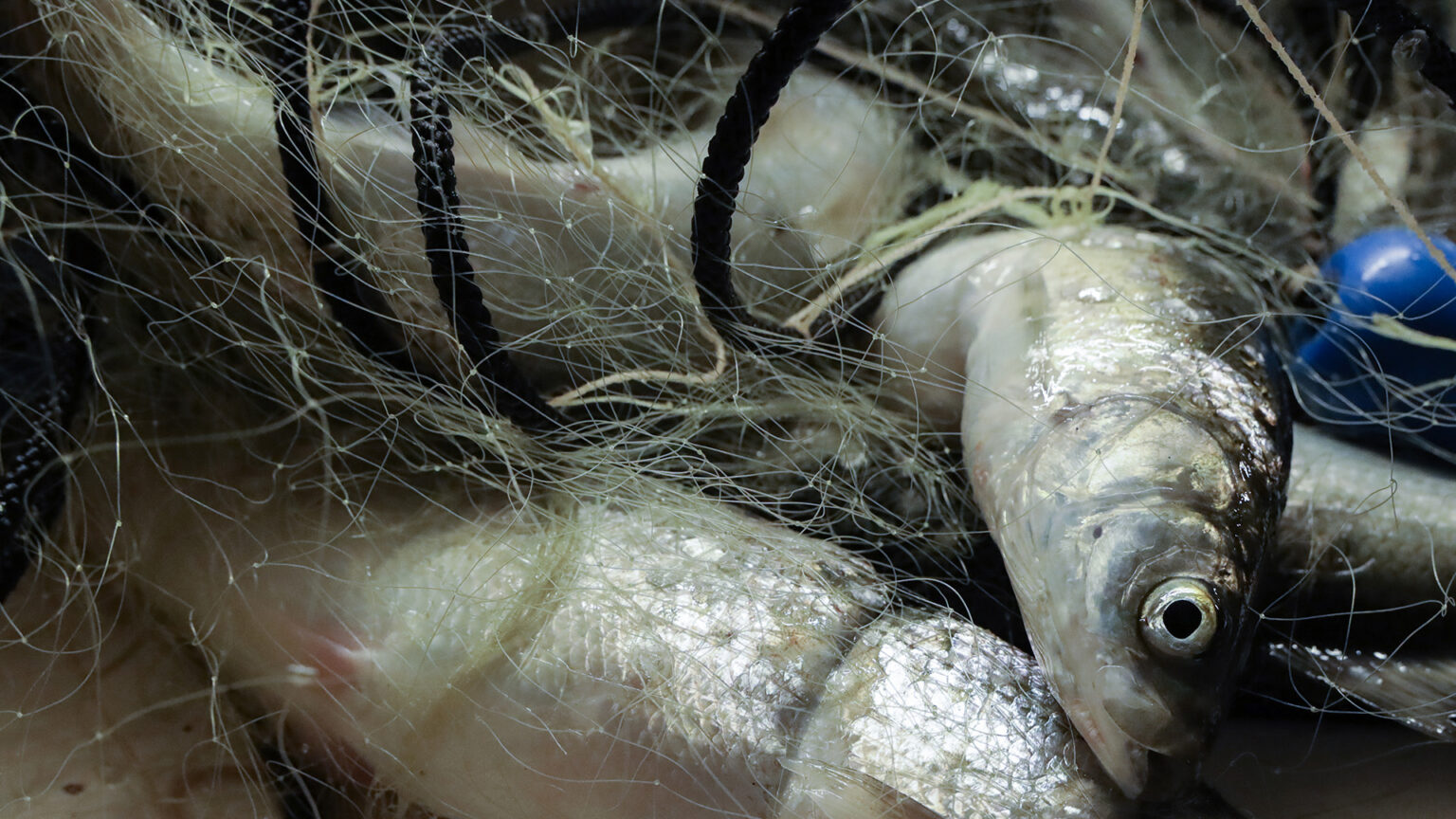
The crew of the fish tug, Ava June, pick cisco, or lake herring, from gillnets after lifting them from Lake Superior during a fishing run near the Apostle Islands in Wisconsin, on Nov. 15, 2022. A study highlighting the potential dangers of "forever chemicals" has raised questions about the impacts of consuming fish exposed to toxins in the nation's waterways. But oversimplifying or overstating the risks carries consequences. (Credit: Bennet Goldstein / Wisconsin Watch)

This article was first published by Wisconsin Watch.
Commercial fisher Bryan Bainbridge can net several thousand pounds of whitefish or herring from Lake Superior during a successful run, but his greatest gratification comes when he returns to the dock.
Sometimes people ask if they can have some fish. He takes pride in being able to provide.
The operation is more than just business for Bainbridge, 45, a former tribal chairman of the Red Cliff Band of Lake Superior Chippewa, one of six federally recognized Ojibwe tribes in Wisconsin.
“It’s a part of who we are and what we do to live,” Bainbridge said.
But a study highlighting the potential dangers of “forever chemicals” has raised questions about the impacts of consuming fish exposed to toxins in the nation’s waterways, including the Great Lakes. For Indigenous nations like the Red Cliff band, where fishing is central to tribal lifeways, culture and sovereignty, contamination could pose disproportionate health burdens.
Yet, oversimplifying or overstating the risks carries consequences.
For decades, state governments have advised the public to limit the amount or types of Great Lakes fish they eat due to the presence of mercury, a neurotoxin, and carcinogenic polychlorinated biphenyls.
PFAS, or per- and polyfluoroalkyl substances, have more recently triggered fish consumption advisories. The class of more than 12,000 chemicals, some linked to health problems, don’t break down in the environment — hence their “forever chemical” moniker.
Bainbridge believes Lake Superior’s advisories misleadingly brand all fish as unsafe.
“Lake Superior is still one of the most pristine resources for consumable products,” he said. “It’s really not fair on how that can affect our market.”
Experts say he has a point. When inadequately communicated, fish advisories might stigmatize fish consumption.
“That’s a harm to give someone the wrong impression and discourage them from doing something that should otherwise be healthy,” said Matthew Dellinger, an associate professor at the Medical College of Wisconsin, who studies risk communication and health literacy.
Still, when fish contain contaminants, the public should understand the risks. Those who issue recommendations walk a tightrope as they balance the needs for transparency and stigma avoidance.
Acknowledging health benefits of fish
Environmental health agencies generally base fish consumption advisories on an “average” consumer’s diet. Those guidelines don’t necessarily reflect the heightened toxic exposure faced by communities of color, low-income communities or Indigenous peoples.
Great Lakes region residents consume more than twice the fish as the average American, according to some estimates, while tribal nations consume up to 13 times more.
Giving up fish is not possible when people lack an alternative.
“For a county (Ashland) that’s economically oppressed, we have relied on the land and the water to feed our families,” said Edith Leoso, retired tribal historic preservation officer with the Bad River Band of Lake Superior Chippewa. “A lot of our tribal members have a very low income” and “are strongly dependent on fish, deer meat, wild rice — anything they can get harvesting.”
And when other options exist — often, processed, shelf-stable foods — they aren’t typically as nourishing.
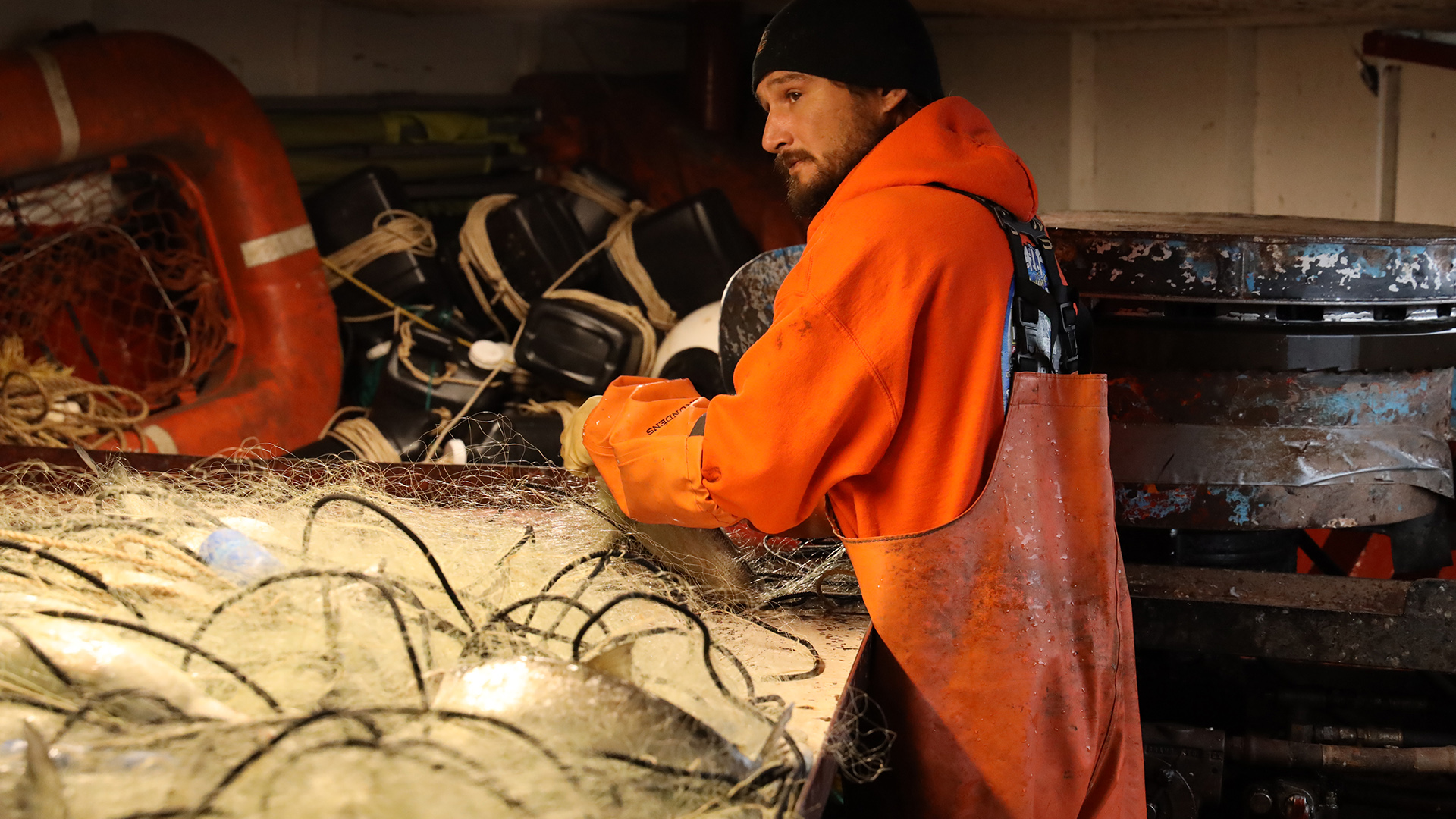
Commercial fisher Donny Livingston, a citizen of the Red Cliff Band of Lake Superior Chippewa, picks cisco from gillnets after lifting them from Lake Superior onto the fish tug, Ava June, during a fishing run near the Apostle Islands on Nov. 15, 2022. (Credit: Bennet Goldstein / Wisconsin Watch)
Researchers link the loss of traditional foods to nutritional health risks for Indigenous people.
“In a world where our number one killers are mostly related to cardiovascular issues, at least when it comes to chronic health conditions, you don’t want to adopt a public health strategy that’s just going to blanketly reduce consumption of a healthy food item,” Dellinger said.
Across Indigenous communities in Michigan, Minnesota and Wisconsin, cardiovascular disease is the second leading cause of death, after cancer. It occurs at a rate significantly higher than among white residents of those states, according to the Great Lakes Inter-Tribal Epidemiology Center.
Context matters in fish advisories
Ojibwe tribes have long resisted federal and state efforts to restrict their access to fish on the Great Lakes and inland.
In the mid-1800s, the United States forcibly acquired Ojibwe lands and waters through a succession of treaties. But the tribes expressly retained hunting, gathering and fishing rights in a region known as the Ceded Territory, encompassing portions of Michigan, Minnesota, Wisconsin and three Great Lakes. States subsequently disregarded or rejected the treaties outright.
Tribal citizens filed multiple legal challenges over the ensuing decades, achieving a major victory in Michigan in 1971. Later court rulings required the other two states to likewise recognize treaty rights.
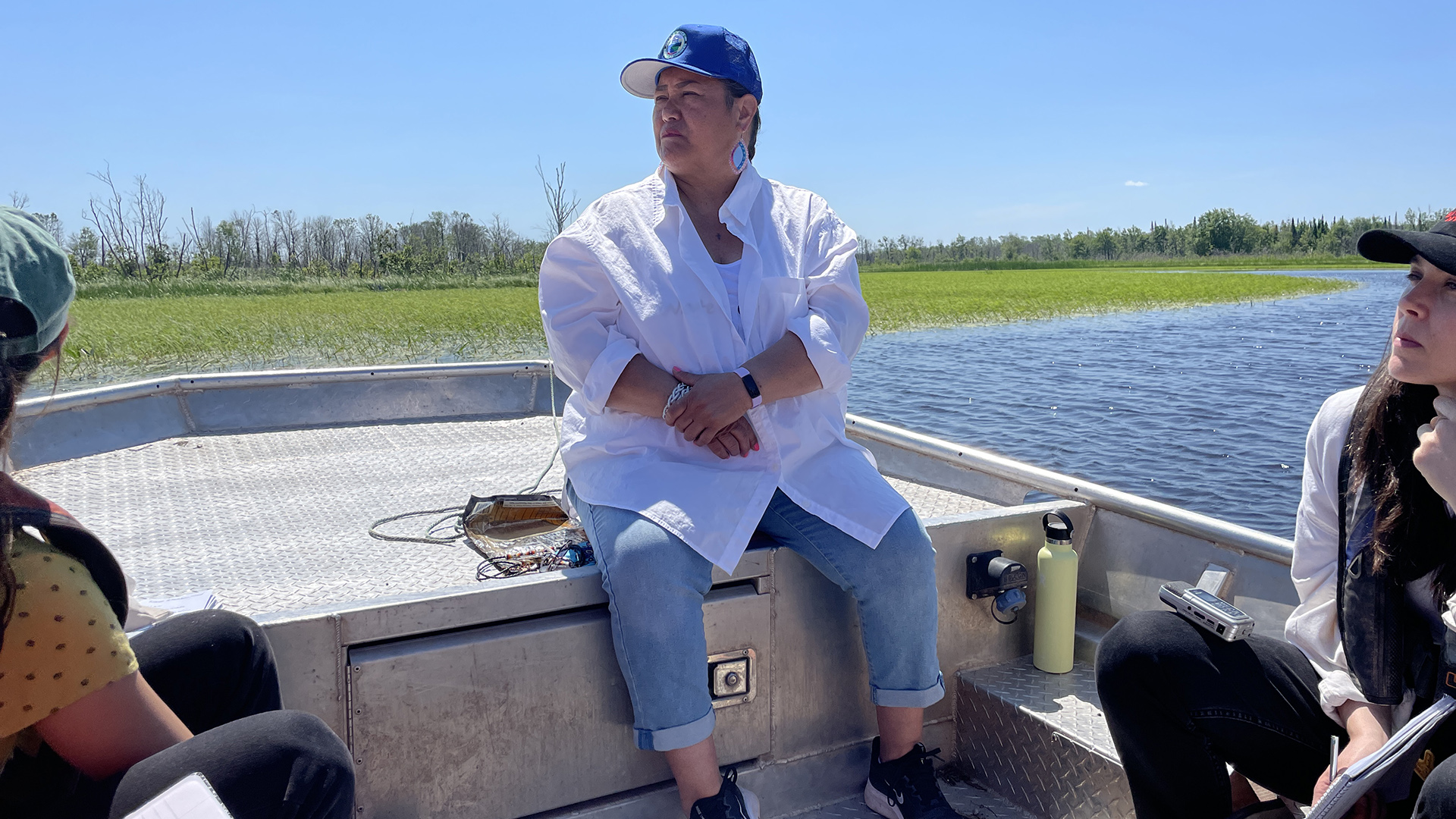
Edith Leoso, retired tribal historic preservation officer with the Bad River Band of Lake Superior Chippewa, speaks to journalists at the Kakagon Sloughs in Ashland County on June 27, 2022. “A lot of our tribal members have a very low income” and “are strongly dependent on fish, deer meat, wild rice — anything they can get harvesting,” she says. (Credit: Bennet Goldstein / Wisconsin Watch)
Encouraging people to reduce their consumption of certain fish risks simultaneously disconnecting them from a healthy food source along with tradition, history and culture, Dellinger said.
He repeatedly encounters such worries during focus groups with Ojibwe people.
“What’s the purpose of a fish consumption advisory?” Dellinger said. “Is it to tell people not to eat fish, to not engage in this activity, to not value the Great Lakes and all it has to offer? Or is the purpose to try to help guide them so that they can make their own decisions and navigate the risks and benefits so that they can partake of this part of life?”
History of fish advisories
The U.S. Environmental Protection Agency delegates the responsibility of setting fish consumption advisories to states. The details vary. Even neighboring states adjacent to shared water bodies sometimes issue contradictory guidelines.
Michigan issued the nation’s first advisory in 1971, prompted by the discovery of mercury in fish from the St. Clair River, south of Lake Huron.
Thousands more advisories followed. As of 2011, the final year in which the EPA compiled advisory data, more than 5,627 were active across 4,821 water bodies nationwide.
“The idea behind fish consumption advisories was that they were going to be temporary until things could be cleaned up,” said assistant professor Valoree Gagnon, director of university-Indigenous community partnerships at Michigan Technological University’s Great Lakes Research Center. “Many people don’t even question their existence as much anymore.”
An EPA illustration underscores that point. It depicts four cartoonish fish with the caption: “One fish. Two fish. Don’t fish. Do fish.”
“A play on Dr. Seuss,” Gagnon said, “as if having advisories is just a normal part of life and growing up.”
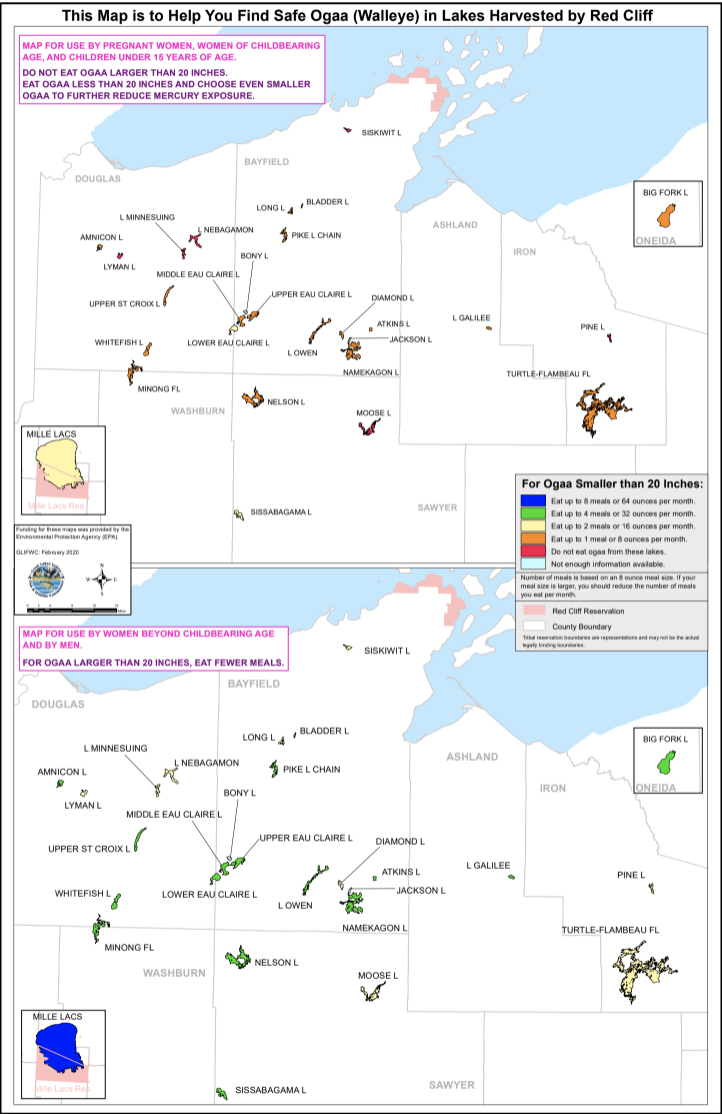
A Great Lakes Indian Fish and Wildlife Commission map shows lakes where ogaa (walleye) can be safely harvested in locations used by Ojibwe citizens. (Credit: Courtesy of the Great Lakes Indian Fish and Wildlife Commission)
The Wisconsin Department of Natural Resources regularly publishes guidelines, urging fishers to “choose wisely.”
“We strongly encourage folks to continue to go and fish,” said Sean Strom, a DNR fish and wildlife toxicologist. “But we just want them to be aware of any advisories that might be in place for their given body of water.”
In advisories, federal and state regulators usually cite elevated risks for children and people who are pregnant, seek to become pregnant or who are breastfeeding.
But some scholars say fish advisories unfairly direct people to avoid risk by changing their behavior, rather than requiring polluters to reduce risk by cleaning up contamination.
“We could envision a world without them,” Gagnon said. “If we thought about that, maybe we’d try harder to get on that path.”
Presenting fish advisories differently
But until cleanup occurs, people need information to make informed choices, according to the National Environmental Justice Advisory Council. The federal advisory committee recommends disseminating culturally appropriate and specific material.
Experts have developed methods of conveying risk that incorporate the importance of fishing to Indigenous communities.
Dellinger helped develop a mobile app, called Gigiigoo’inaan, “our fish” in the Ojibwe language, to encourage consumption within government-established safety limits.
The personalized recommendations account for age, sex, weight and portion size and rank fish from “more beneficial” to “less beneficial.” The advisories are based on data from tribal harvests and apply only to the 1836 Ceded Territory portions of the Great Lakes, which excludes several urban areas.
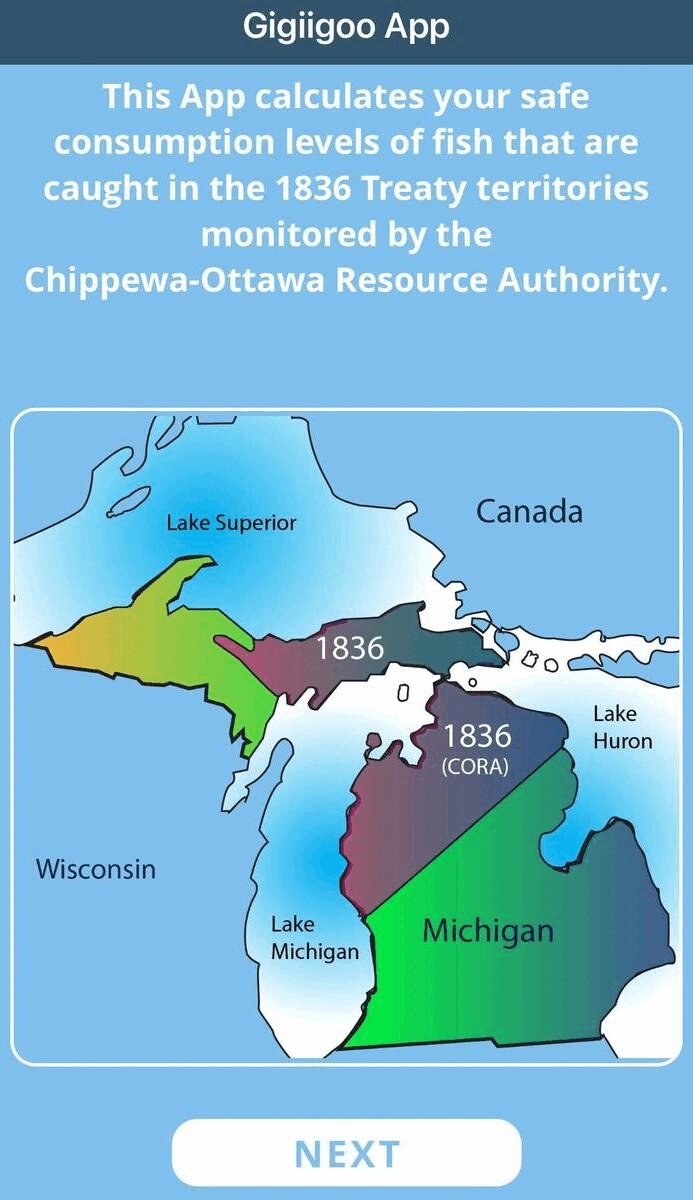
Screenshots of a mobile app called Gigiigoo’inaan, or “our fish” in the Ojibwe language, show how it encourages consumption within government-established safety limits. (Courtesy of Gigiigoo’inaan)
Gigiigoo’inaan incorporates mercury and PCB contamination in its recommendations, but not PFAS. Dellinger has reasons.
In 2022, the EPA updated draft health advisories for two PFAS — PFOA and PFOS — to levels so low as to suggest no amount of the chemicals are safe for human consumption.
Duke University and Environmental Working Group researchers considered those levels when analyzing freshwater fish sampled nationwide by the EPA from 2013 to 2015.
The study reported that consuming an 8-ounce serving of sampled fish at the median PFOS level would raise the concentration of PFOS in blood serum to a level 2,400 times greater than the EPA’s latest health advisory — equivalent to drinking contaminated water for one month. If all fish consumption advisories incorporated the EPA’s guidance, the authors wrote, nearly all agency-sampled freshwater fish would be considered unsafe to eat.
While such conclusions make for splashy headlines, Dellinger said, they might overstate the risks of PFOS when additional research is needed: scientists still are determining appropriate risk benchmarks, major exposure routes and hotspot locations. Unclear is whether the EPA-sampled fish represent the species most people consume or swim in the locations where most people fish.
“I’m not saying there isn’t a risk,” Dellinger said. “There almost certainly is because they found these fish. But we would need to know more about where exactly these fish are coming from.”
David Andrews, EWG senior scientist, did not respond to a request for comment.
Although Gigiigoo’inaan does not provide PFOS advice, an updated version of the app will direct fishers to local resources.
The Great Lakes Indian Fish and Wildlife Commission, a natural resource management organization that works with 11 tribes in Michigan, Minnesota and Wisconsin, offers guidance to promote safe eating of ogaa (walleye) and maazhiginoozhe (musky). The commission publishes maps for inland lakes within the Ceded Territory that suggest a maximum number of meals per month specific to each lake for a 20-inch-long fish, offering flexibility that acknowledges traditional consumption patterns.
“We try to emphasize that the smaller the walleye, the more you can eat,” said Caren Ackley, GLIFWC environmental biologist.
Commission staff provide tribal citizens with maps when they register for the fish spearing season.
“Because GLIFWC tribal members rely on fish for subsistence and cultural lifeways, we have to be mindful about how we communicate safe fish consumption to them,” said Hannah Arbuckle, GLIFWC’s outreach coordinator. “People live off of these fish.”
This story is a product of the Mississippi River Basin Ag & Water Desk, an editorially independent reporting network based at the University of Missouri School of Journalism in partnership with Report For America and funded by the Walton Family Foundation. Wisconsin Watch is a member of the network. Sign up for our newsletter and donate to support our fact-checked journalism.
 Passport
Passport







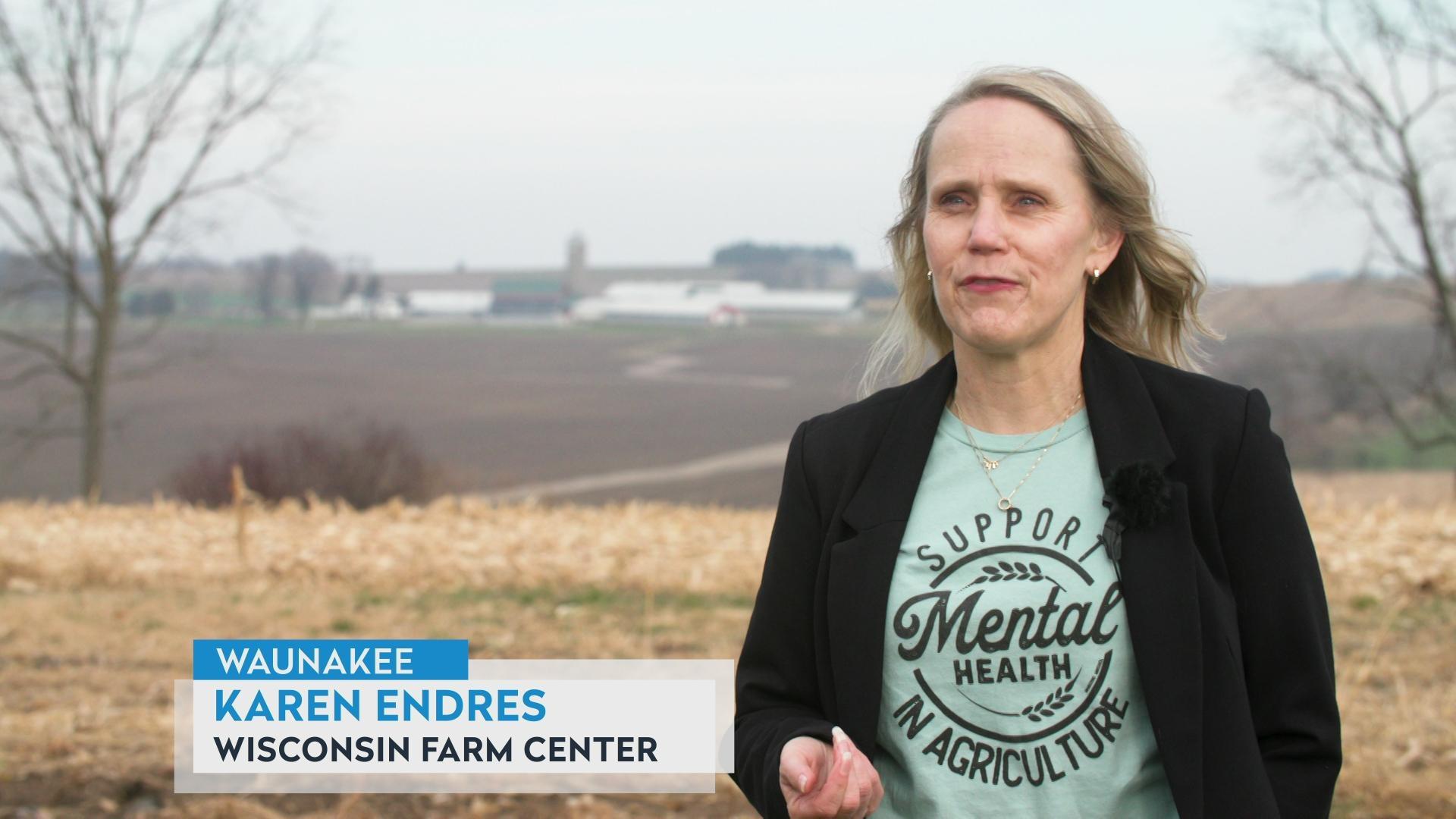

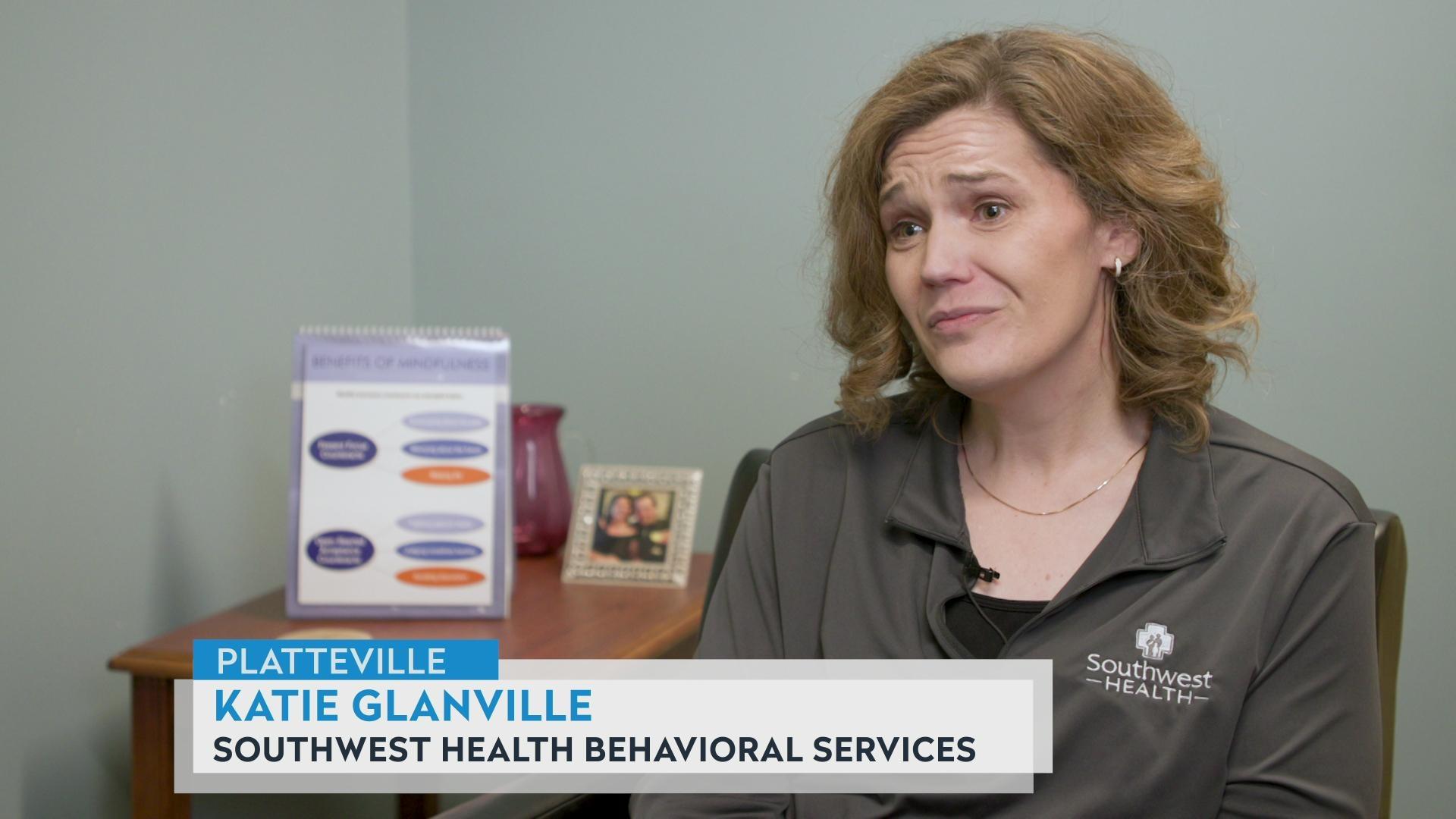

Follow Us